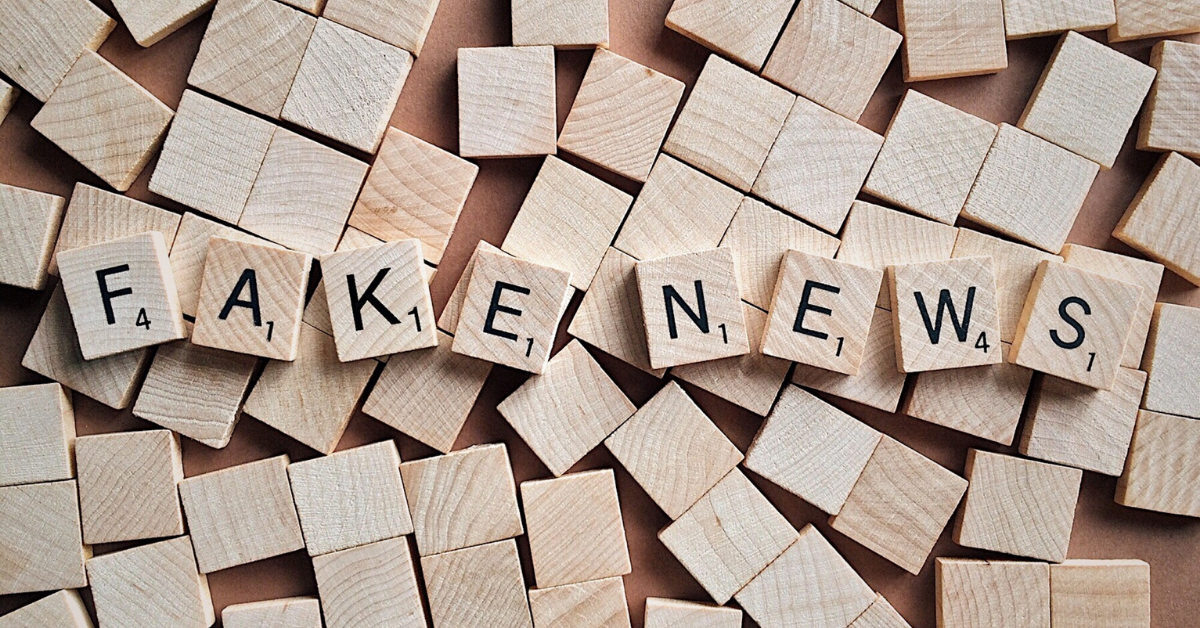The Internet and social media have connected people to the rest of the world. But sometimes, they have their own disadvantages too. According to a social media agency Hong Kong, the most common challenge today is combating fake news and misinformation. Many platforms have enabled measures to avoid their quick spread, such as a digital marketing speaker Hong Kong. But users also need to do their part to completely eliminate them.
According to a video marketing agency Hong Kong, viewers need to keep in mind that not all sources on the Internet are reliable. Sometimes, a group of haters can come up with false information to bring down a brand or business. Others, like competitors, invest to spread lies and rumors that can ruin competitors. To help you know how to spot misinformation on social media, here are some tips.
Cross Referencing Sources
The most important thing to spot misinformation is to check its sources. Most unreliable news sources quote specific situations that they say happen to an insider or someone close to them. It is because they try to convince people that they are showing exclusive information. Then, the rest of the messages encourages readers to share the news quickly. Before sharing a post, it is best to check with Google news if the information is correct.
Identifying Red Flags
Red flags serve as a warning about fake news and misinformation. In social media, these include grammar mistakes, overusing emojis, supporting a clear political agenda, and very precise use of hashtags. Grammar mistakes are an obvious sign that the source of information is not authoritative. If they are careless enough to check grammar correctness, so do they in checking the accuracy of the information they deliver. Overusing emojis and very precise use of hashtags indicate that the source wants to spread the post quickly. It may be because they will be flagged down anytime soon. If an online or social media post clearly supports a political agenda, think twice, as it may just be a false political allegation to out beat the other parties.
Profile Checking
There are a lot of bots, scammers, and spammers on social media. So, it is best to check a profile before sharing any content coming from them. To spot misinformation, if the account is new without followers, and without profile pictures, be vigilant enough to report them as fictitious or suspicious. Never share content from unverified social media accounts.
Use Verification Tools
Today, technology paved the way for fact-checking tools. Many of these tools use artificial intelligence (AI) and machine learning to verify the accuracy of information. These include:
- FactCheck.org
- Fake News Detector developed by MIT’s McGovern Institute for Brain Research
- Google Lens to verify old photos from uncredited sources
- PolitiFact
- Snopes
- Washington Post Fact Checker
